News
iHorror Talks Apes & Cinema With Award-Winning Gurus Dan Lemmon & Gino Acevedo

Dan Lemmon. Photo by Frazer Harrison – 2015 Getty Images – Image courtesy gettyimages.com & IMDb.com
Interview With Award Winning Weta Visual Effects Supervisor Dan Lemmon
Ryan T. Cusick: Hey Dan! How are you?
Dan Lemmon: I am good, how are you?
RTC: I am doing pretty good, thanks for taking my call. Can you tell me what your background was before you were involved with digital effects?
DL: I was a student before, and I grew up loving movies especially Sci-Fi, Action effects kind of movies. Movies of all kinds. When I was a kid I did not get a chance to go to the movies much, my family didn’t have a lot of money. During the summer time, they had a program, and you can go and buy a book of movie tickets, I think it was basically a way to keep the kids occupied. Myself along with a few of the neighborhood kids would go down to the theater, and there would be all kinds of different screenings, some better than others. Every once in awhile you would get The Goonies, or E.T., some of those hallmark classic movies from the 80s’. Indiana Jones was another, and that film was a controversial one for me because my parents didn’t want me watching it but we snuck in and saw it anyway [Laughs].
RTC: That is awesome! I love hearing stories like that. [Laughs]
DL: It was a really special thing when we got to see a movie. When I got into high school, I had a friend that felt the same way. On the weekends we would spend our time making our short little films with our 8mm video camera. My friend had a little sound mixing desk that we would use, and he went on to become an animator, he was a really talented artist. He was an animator and storyboard artist on The Simpsons for years and years, and I am over here in New Zealand making visual effects.
RTC: Was there ever any movie that ever “spoke,” to you and you said to yourself, ‘This is what I want to do?”
DL: I was crazy about Star Wars just like about every other boy my age. I was pretty young when Empire came out. I had seen Empire and the original on VHS at slumber parties. I can remember when Jedi came out. For like a year leading up to the release that is all my friends and I could talk about, Return of The Jedi and we were so excited when it first came out. It was the coolest thing ever; there was no disappointment I did not feel let down at all, I enjoyed every minute of it, that was a big one. As I got a little bit older and I was in high school, two films had a significant impact. One was Terminator 2; I was a big Stan Winston fan already. When Terminator 2 came out that was game changing in terms of the marriage of practical effects and these new digital effects; it was just mind boggling the imagery that was created. The next year was Jurassic Park, and that was the film for me that made me say “that is what I want to do.” All I wanted to do was to make creatures.
RTC: I can remember seeing Jurassic Park for the first time, I was like twelve or thirteen, and seeing the 1st dinosaur on screen was just amazing, and definitely a game changer.
DL: Yes, [Excitingly] and with the John Williams score, the film opens up and you are dropped into this meadowy area, and then there is a giant reveal, and there are brontosauruses and they’re just there, and it doesn’t look like stop motion. You look back on the film now, and you can see a few things that you would do differently with the advanced technology, but I still think so much of it holds up so well.
RTC: I agree and the same with Terminator 2 it is a timeless piece, and I think it holds up just as well.
DL: I think that there is some charm to the rough edges, I love Ghostbusters and the way that you can put a story together, using the tools that they had available as long as the execution within that framework is competent. There is a certain amount of disbelief that you have walking into a theater anyway, sitting in a dark room with a bunch of other people pretending it is real life, even if it is theater, the sets aren’t real and time is compressed, there are just a lot of things that you accept. I think that with effects the bar continues to get raised higher and higher, there is less that the audience has to fill in with their mind. In some ways, a really good story-teller uses the audience’s minds to fill in the blank. How many times have you watched a monster movie and you have been totally hooked and then when the monster is revealed it turns out to be utterly disappointing? Something happens inside your head that in some ways is so much richer and more evocative than explicitly painting the whole picture and I think those are the hallmarks of a terrific storyteller is to leave those gaps and have the audience to ask good questions and to fill in the blanks themselves.
RTC: Most definitely. You are right; storytelling does revolve around letting the person watching the film create the monster in their mind, and yeah I have been disappointed before [Laughs]. For Planet of The Apes can you explain the process of capturing an actor’s performance and then replacing him or her with an Ape?

War for the Planet of the Apes (2017) Courtesy of 20th Century Fox & bnlmag.com

War for the Planet of the Apes (2017) Courtesy of 20th Century Fox & bnlmag.com
DL: Yeah, the idea in many ways is similar to a traditional prosthetic creature. You are using an actor to drive a character, and you are just changing the appearance of an actor. This is one of the things that we set out to do when making Planet of the Apes; it was a tradition that we really wanted to honor with the original 1968 Planet of the Apes. John Chambers, he won an award for makeup before there was even an Academy Award for makeup, they invented a special category just for his work on that movie. It wasn’t until about thirteen years later that they officially made a makeup category, so that is pretty remarkable. The idea that you take an actor like Roddy McDowall you put him in a chair and you apply prosthetics and appliances and extensive makeup, and suddenly they would be changed into this creature that does not look anything like Roddy McDowall. It has its own appearance that the audience will respond to differently than they would if it was a human actor. The more that he looks like an Ape, the more of a response from the audience. We definitely want to honor that tradition. One of the challenges, when we set out to make the first movie Rise it, was intended to be an origin story it aimed to tell the story of where these super intelligent apes came from. At the beginning of the movie, they had to appear indistinguishable from the apes that you would see in a documentary or zoo. Unfortunately with humans in a suite even with the best makeup, it is tough to get them to look 100% real. The body proportions of chimpanzees and humans are so different. Chimpanzees arms are so much longer, and their legs are so much shorter, and the way that the head is attached to the torso and just the physical strength and the proportions of the rest of the body is so much different we thought we could make them much more realistic by creating the characters digitally. We still wanted actors to drive those characters, and it was something that we had a lot of success with in the past with Andy Serkis in creating Gollum. He brought so much to that role. If he had been just doing the voice in a booth, it would have been an entirely different thing. Having an actor present in the scene, working with the other actors to refine the scene, working with the director to refine the performances everybody just does a better job when you can get everyone in the room acting with each other at the same time.
Through Lord of the Rings, King Kong, and especially Avatar we used this technology called motion capture and then we kind of extended it to where we call it performance capture, which is recording everything that an actor does with their body and does with their face as they do it and then taking that recording and applying it to a digital character. Normally it happens with a dedicated place, basically like a sound stage, you’ve got a lot of equipment, banks of computers, you’ve got sixty cameras or so – special motion capture cameras that only see invisible infrared light. You rig up the actors in a way that they have little dots, they are reflective dots and those little reflectors reflect infrared lights from the cameras back to the cameras. The cameras see little white dots moving around on the black background and all the cameras compare what it knows about all of the white dots on the black background and the computer reconstructs dots moving in 3D space.
Through a process, we take a puppet that we have built that matches the actor’s portions and we fit that puppet to those dots, so now we have a digital puppet of the actor moving around the same way that those dots are moving. There is also a process called retargeting where we take that actors movement on their puppet and we apply it to a puppet that matches the character that they are playing. In the case of Caesar Andy Serkis’s movement on the puppet and we are applying it to the Caesar puppet that has longer arms and shorter legs, and that is what the retargeting process is all about.

War for the Planet of the Apes (2017) Courtesy of 20th Century Fox & bnlmag.com

War for the Planet of the Apes (2017) Courtesy of 20th Century Fox & bnlmag.com
There is a certain movement that we do not pick up that is part of the performance capture process, like finger and toe animation, that stuff we have to add in manually, keyframe it. There is a lot of editing that the animators often have to do in order to refine the data and make it look 100% correct. Facial animation is a huge thing, we have some tools that help analyze. We paint this funny little dots on the actor’s face along with a little camera that attaches to their helmet and it records how those dots move around. The computer can only give us so much information on what those dots mean in terms of facial expression and it requires those trained eyes and hands of facial animators to go in and dial in those particular facial expressions and make them look as much like Andy Serkis doing his acting on that day. That is a real skill and that is something those girls and guys get better and better at as they do more and more of that kind of work.
On The Planet of the Apes movies we wanted to move off of the dedicated sound stage and take that technology on location out onto a working movie set and that was a whole other engineering and procedural pipeline figuring out process where we had to figure out how to take a system that normally fits into a giant room with lots and lot of computers that can take up to several weeks to setup and we had to figure out how to make it portable and set it up on a working movie set in a manner of 15-20 minutes.
RTC: That is amazing. How many people were on your team?
DL: On a large capture day we probably have about 30 crew on set. I would say half a dozen of those are our common visual effects presence. We’ve got data wranglers, reference photographers, myself as visual effects supervisor, producers, a few of these traditional roles.
RTC: Thank you so much for speaking with me today it was truly a pleasure, and I hope that we can do it again in the future.
DL: The pleasure was all mine.
'Civil War' Review: Is It Worth Watching?
Follow our new YouTube channel "Mysteries and Movies" here.

Movies
‘Evil Dead’ Film Franchise Getting TWO New Installments
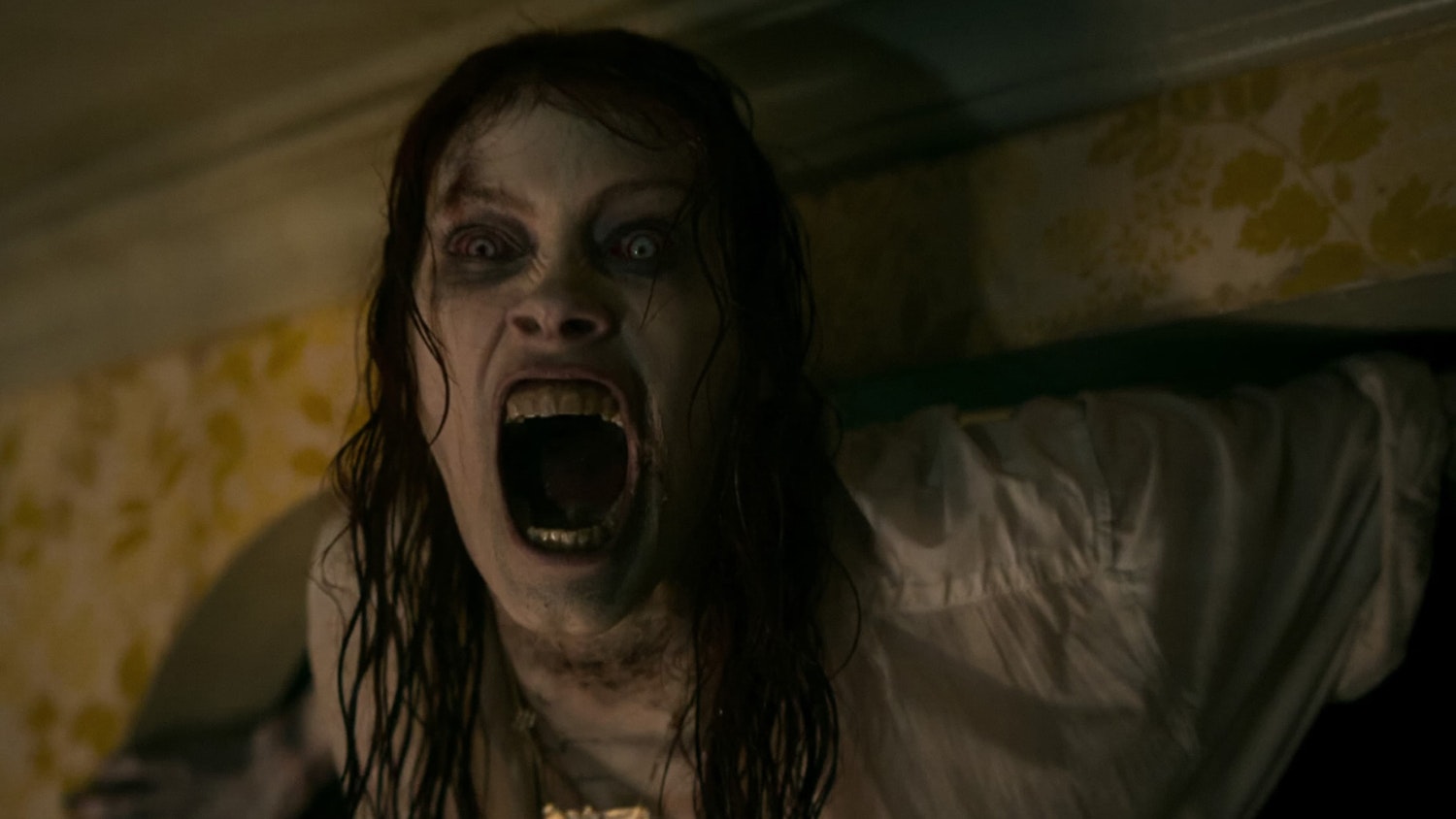
It was a risk for Fede Alvarez to reboot Sam Raimi’s horror classic The Evil Dead in 2013, but that risk paid off and so did its spiritual sequel Evil Dead Rise in 2023. Now Deadline is reporting that the series is getting, not one, but two fresh entries.
We already knew about the Sébastien Vaniček upcoming film that delves into the Deadite universe and should be a proper sequel to the latest film, but we are broadsided that Francis Galluppi and Ghost House Pictures are doing a one-off project set in Raimi’s universe based off of an idea that Galluppi pitched to Raimi himself. That concept is being kept under wraps.

“Francis Galluppi is a storyteller who knows when to keep us waiting in simmering tension and when to hit us with explosive violence,” Raimi told Deadline. “He is a director that shows uncommon control in his feature debut.”
That feature is titled The Last Stop In Yuma County which will release theatrically in the United States on May 4. It follows a traveling salesman, “stranded at a rural Arizona rest stop,” and “is thrust into a dire hostage situation by the arrival of two bank robbers with no qualms about using cruelty-or cold, hard steel-to protect their bloodstained fortune.”
Galluppi is an award-winning sci-fi/horror shorts director whose acclaimed works include High Desert Hell and The Gemini Project. You can view the full edit of High Desert Hell and the teaser for Gemini below:
'Civil War' Review: Is It Worth Watching?
Follow our new YouTube channel "Mysteries and Movies" here.
Movies
‘Invisible Man 2’ Is “Closer Than Its Ever Been” to Happening

Elisabeth Moss in a very well-thought-out statement said in an interview for Happy Sad Confused that even though there have been some logistical issues for doing Invisible Man 2 there is hope on the horizon.
Podcast host Josh Horowitz asked about the follow-up and if Moss and director Leigh Whannell were any closer to cracking a solution to getting it made. “We are closer than we have ever been to cracking it,” said Moss with a huge grin. You can see her reaction at the 35:52 mark in the below video.
Whannell is currently in New Zealand filming another monster movie for Universal, Wolf Man, which might be the spark that ignites Universal’s troubled Dark Universe concept which hasn’t gained any momentum since Tom Cruise’s failed attempt at resurrecting The Mummy.
Also, in the podcast video, Moss says she is not in the Wolf Man film so any speculation that it’s a crossover project is left in the air.
Meanwhile, Universal Studios is in the middle of constructing a year-round haunt house in Las Vegas which will showcase some of their classic cinematic monsters. Depending on attendance, this could be the boost the studio needs to get audiences interested in their creature IPs once more and to get more films made based on them.
The Las Vegas project is set to open in 2025, coinciding with their new proper theme park in Orlando called Epic Universe.
'Civil War' Review: Is It Worth Watching?
Follow our new YouTube channel "Mysteries and Movies" here.
News
Jake Gyllenhaal’s Thriller ‘Presumed Innocent’ Series Gets Early Release Date
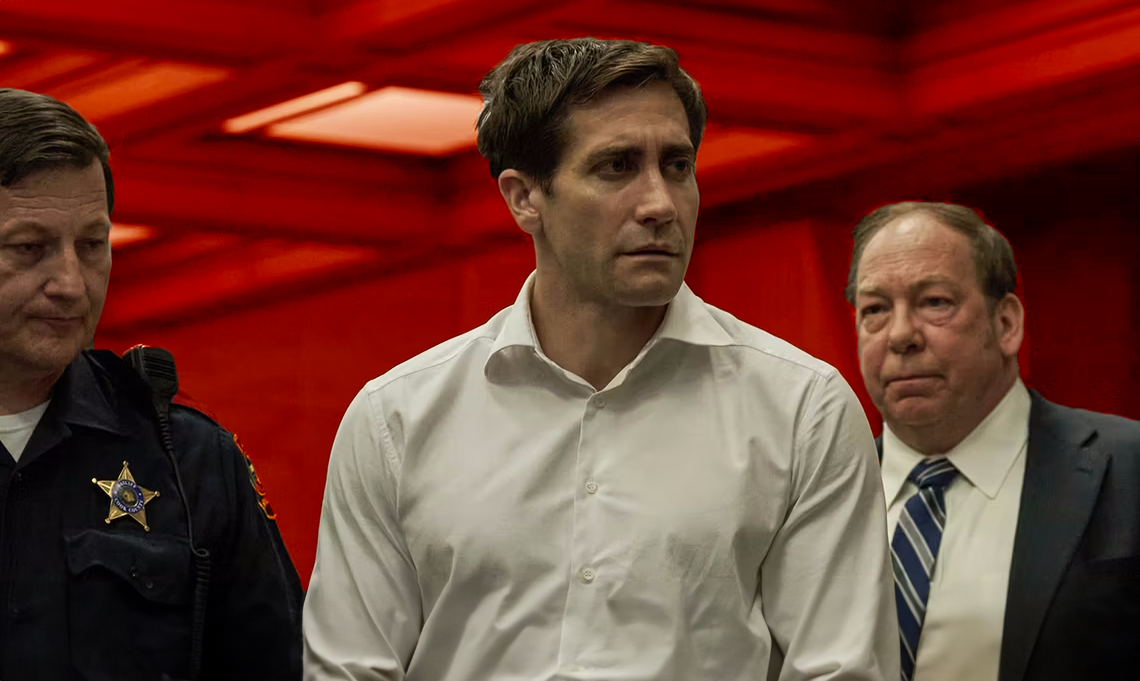
Jake Gyllenhaal’s limited series Presumed Innocent is dropping on AppleTV+ on June 12 instead of June 14 as originally planned. The star, whose Road House reboot has brought mixed reviews on Amazon Prime, is embracing the small screen for the first time since his appearance on Homicide: Life on the Street in 1994.
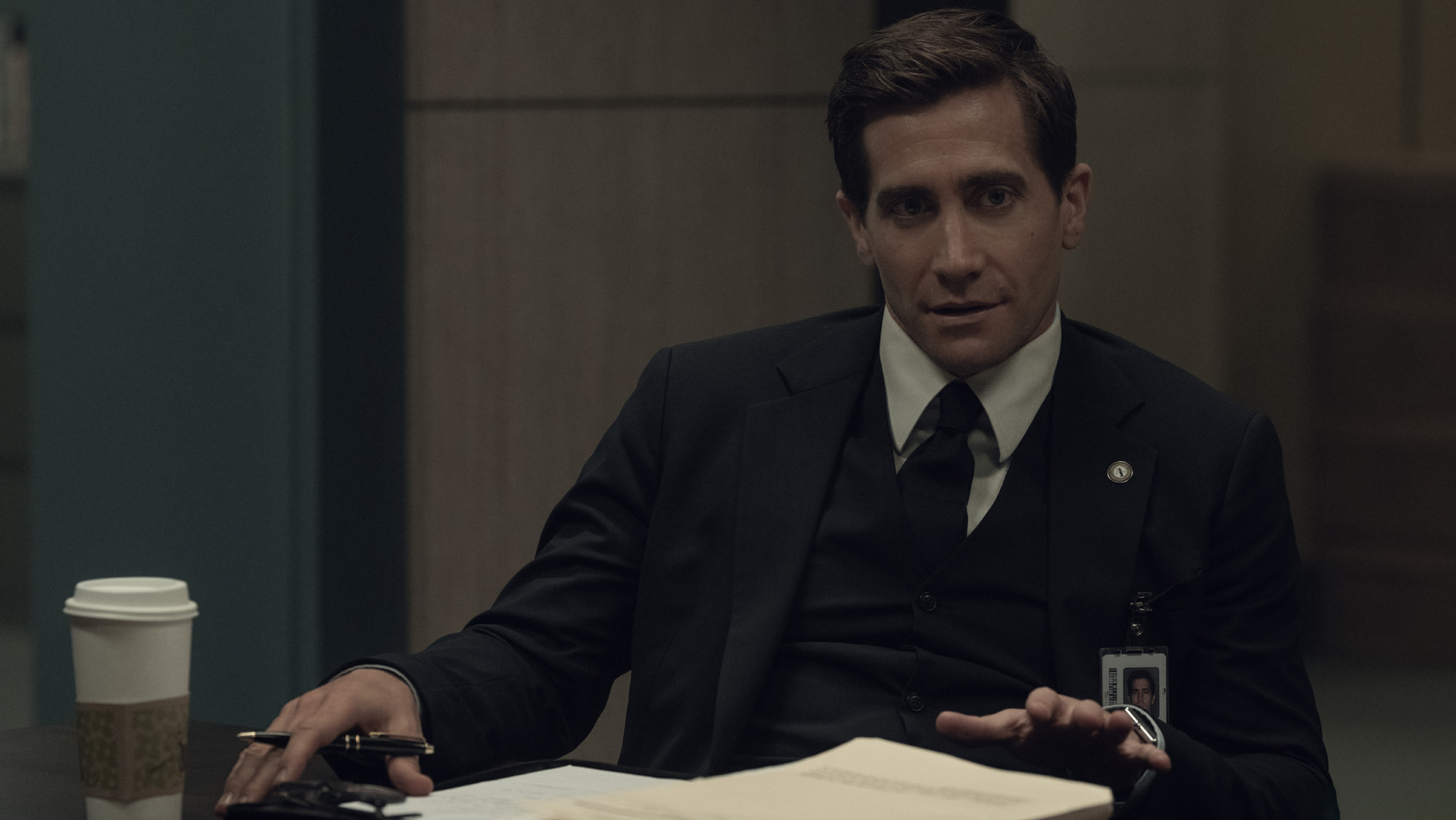
Presumed Innocent is being produced by David E. Kelley, J.J. Abrams’ Bad Robot, and Warner Bros. It is an adaptation of Scott Turow’s 1990 film in which Harrison Ford plays a lawyer doing double duty as an investigator looking for the murderer of his colleague.
These types of sexy thrillers were popular in the ’90s and usually contained twist endings. Here’s the trailer for the original:
According to Deadline, Presumed Innocent doesn’t stray far from the source material: “…the Presumed Innocent series will explore obsession, sex, politics and the power and limits of love as the accused fights to hold his family and marriage together.”
Up next for Gyllenhaal is the Guy Ritchie action movie titled In the Grey scheduled for release in January 2025.
Presumed Innocent is an eight-episode limited series set to stream on AppleTV+ starting June 12.
'Civil War' Review: Is It Worth Watching?
Follow our new YouTube channel "Mysteries and Movies" here.
-

 News7 days ago
News7 days agoOriginal Blair Witch Cast Ask Lionsgate for Retroactive Residuals in Light of New Film
-
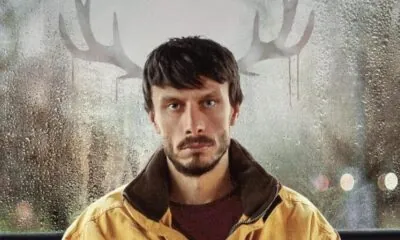
 News5 days ago
News5 days agoPerhaps the Scariest, Most Disturbing Series of The Year
-
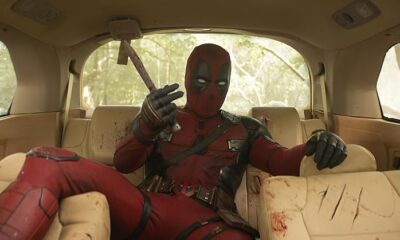
 Movies6 days ago
Movies6 days agoNew F-Bomb Laden ‘Deadpool & Wolverine’ Trailer: Bloody Buddy Movie
-
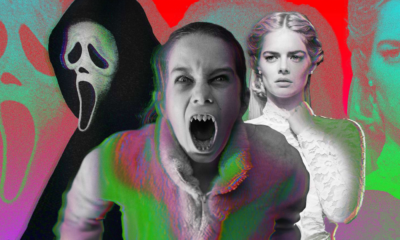
 Lists5 days ago
Lists5 days agoThrills and Chills: Ranking ‘Radio Silence’ Films from Bloody Brilliant to Just Bloody
-

 News6 days ago
News6 days agoRussell Crowe To Star in Another Exorcism Movie & It’s Not a Sequel
-

 Movies6 days ago
Movies6 days ago‘Founders Day’ Finally Getting a Digital Release
-
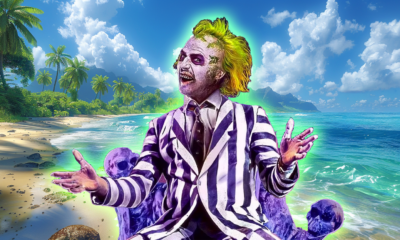
 Movies5 days ago
Movies5 days agoThe Original ‘Beetlejuice’ Sequel Had an Interesting Location
-
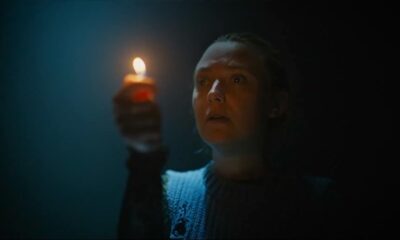
 Movies6 days ago
Movies6 days agoNew ‘The Watchers’ Trailer Adds More to the Mystery
























You must be logged in to post a comment Login